Bluejack Oak, also known as Cinnamon Oak, Sandjack Oak, Shin Oak, or Turkey Oak, is a remarkable native plant belonging to the Fagaceae family. Its botanical name, Quercus incana, places it among the sturdy hardwoods that thrive across the southeastern United States, stretching as far as Texas.
This woody, native species is well-suited for temperate woodlands, showcasing leathery blue-green leaves with a soft, fuzzy underside. Its robust bark, patterned in shades of gray and white, not only adds character but also provides shelter for wildlife. The tree’s strong, deep roots make it adaptable to various soil types, while its stout branches support a crown that yields acorns—a vital food source for forest fauna.
| Common name | Bluejack Oak, Cinnamon Oak, Sandjack Oak, Shin Oak, Turkey Oak |
| Botanical name | Quercus incana |
| Family | Fagaceae |
| Species | incana |
| Origin | Southeastern U.S.A to TX |
| Life cycle | Woody |
| Plant type | Native Plant |
| Hardiness zone | 7, 8, 9 |
| Sunlight | Full Sun |
| Maintenance | Low |
| Soil condition | Loam |
| Soil ph | Acid |
| Drainage | Well-Drained |
| Growth rate | Slow |
| Harvest time | Fall |
| Flowering period | Spring |
| Height | 3- 55 ft. |
| Flower color | Gold, Yellow |
| Leaf color | Blue |
| Fruit color | Brown, Copper |
| Stem color | Brown, Copper |
| Fruit type | Nut |
| Garden style | Butterfly Garden |
| Uses | Lawn |
I. Appearance and Characteristics
Quercus incana is a species of oak known by the common names bluejack oak, upland willow oak, sandjack oak, and cinnamon oak. It is native to the Atlantic and Gulf coastal plains of the United States, from Virginia around Florida to Texas and inland to Oklahoma and Arkansas.
Quercus incana is a tree growing to about 10 meters (33 feet) in height, with a maximum height around 15 m (49 ft). The “national champion bluejack” was a specimen from Texas that was 15.5 m (51 ft) tall and 2.1 m (7 ft) in circumference, and had a crown spread of 17 m (56 ft). The trunk is short and the crooked branches form an open, irregular crown. The platy bark is dark brown or black.
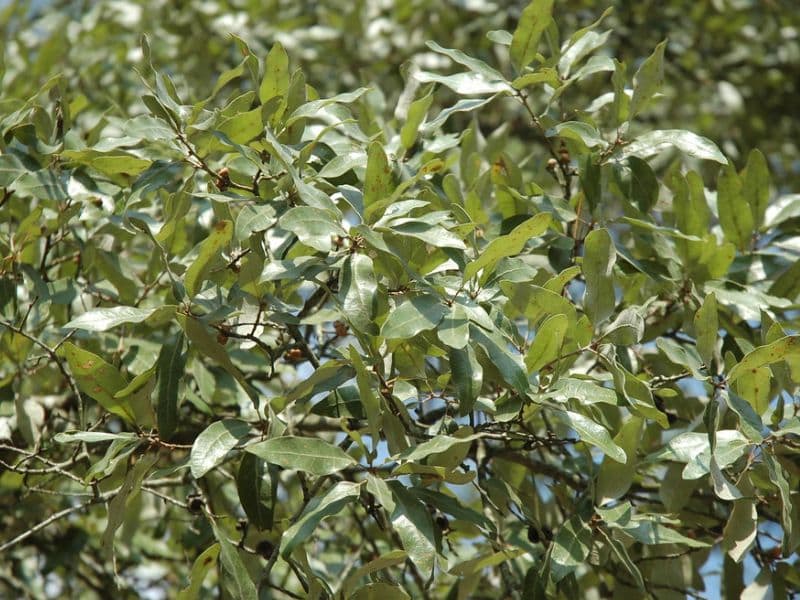
The leaves are generally oval and up to 10 centimeters long by 3.5 cm wide. They are glossy green on top and wooly-haired and bluish in color underneath. The name bluejack refers to this bluish and ashy appearance of the leaves. The acorn is up to 1.7 cm long by 1.6 cm wide, not counting the cap. The oak reproduces by seed and by resprouting from the root crown when the upper parts are removed. It can form thickets by spreading underground runners.
Quercus incana often grows in longleaf pine (Pinus palustris) ecosystems, where it shares the understory with turkey oak (Q. laevis) and wiregrass (Aristida stricta). In the Big Thicket of Texas it codominates with post oak (Q. stellata) and a number of pines. The oak can be found on sandy soils. It grows downslope from ridgetops, where the soils are finer and less dry than the tops of the ridges.
It is well adapted to wildfire and grows in habitat where fire is common and often required, such as longleaf pine ecosystems. The oak does not tolerate dense shade and requires fire to remove taller, more robust oaks that would otherwise outcompete it.
The acorns provide food for many animal species including the Sherman’s fox squirrel, which lives in longleaf pine communities.
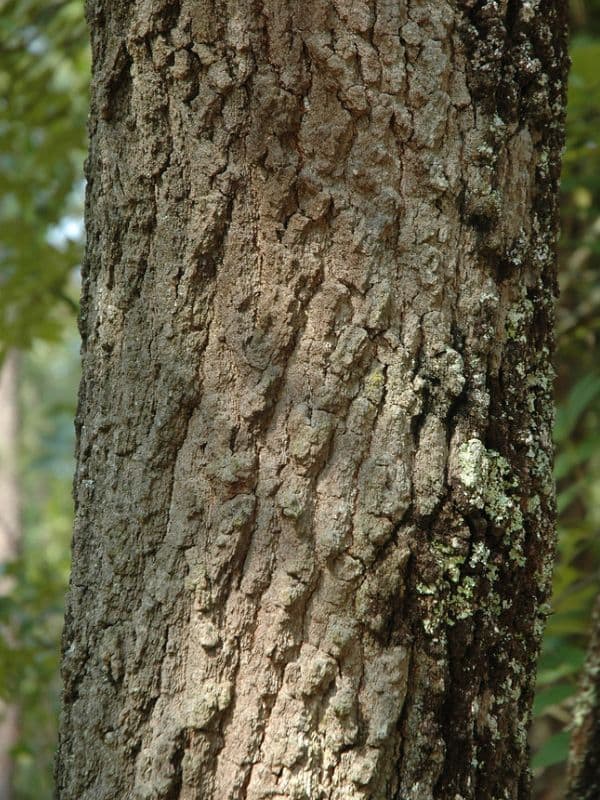
II. How to Grow and Care
Sunlight
Bluejack oak should be planted in a field with full sun. It gives shade, shady plants can be planted under it.
Temperature
Bluejack oak grows in a large range of temperatures. It is adaptable in hardiness zones 5-9.It prefers well drained soil with adequate ventilation in the tree canopy. Bluejack oak will not do well in standing water. Also, leaf molds pose serious threats if the leaves cannot dry out in the wind. So make sure they are not stuck against buildings where rainwater may drain.
Watering
Keep soil moist but well drained. Oaks form a taproot and will draw moisture up from below. So make sure there is humid soil if you dig down a few inches, but do not flood the topsoil. Reduce summer water apply will make bluejack oak more healthy, they tolerate summer dry spells very well.
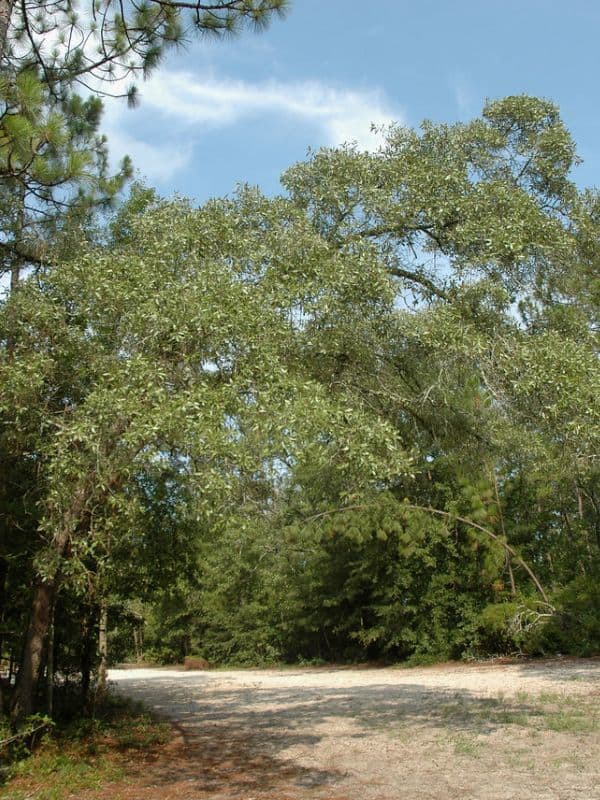
Soil
Ideal soils are well-drained loam, sandy-loam, or sandy-clay soils. Some alluvial fan areas and silts harbor good oaks stands. The key in all of these is that the soil is well-drained. Standing water cannot be tolerated by oaks.
Fertilizing
Bluejack oak can survive and thrive without supplemental fertilization. But if you wish to give them extra nutrients you can add some of 12-6-6 (N-P-K) fertilizer. This has more of a ratio of nitrogen than phosphorus and potassium. Also, consider the natural environment of oaks. They grow where there is lots of forest litter. This forest litter acts as natural mulch that breaks down into organic matter and humus. So one way to give some natural nutrition is to spread mulch by your oak trees. They will love the extra organic matter.
Planting Instructions
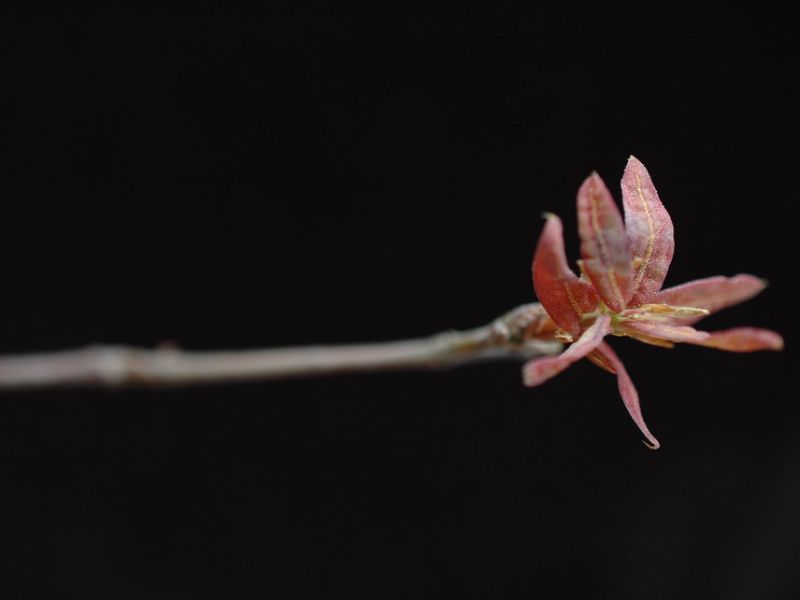
It may take a very long time if you want to get a mature oak tree from an acorn. But with patience, planting a small tree is still fun. Be sure to kill weevil larvae by soaking the acorns in 41 ℃ water for 30 minutes, stratify in moist sand in the refrigerator (not freezer), and plant in the springtime.
Pruning
Branches should be pruned to avoid moist pockets or where heavy branches may fall on people or buildings. Avoid having branches that grow with leaves tight together or pressed against buildings. If rain collects in these pockets then molds and fungi can attack. Bluejack oak love having their leaves dry out in a well ventilated breeze.
To ensure that no danger occurs from the brittle hardwood branches, make sure that heavy branches do not hang over walking paths or outbuildings. Also, do not let children play near oaks in a thunderstorm as they are susceptible to falling branches and lightning strikes.
III. Uses and Benefits
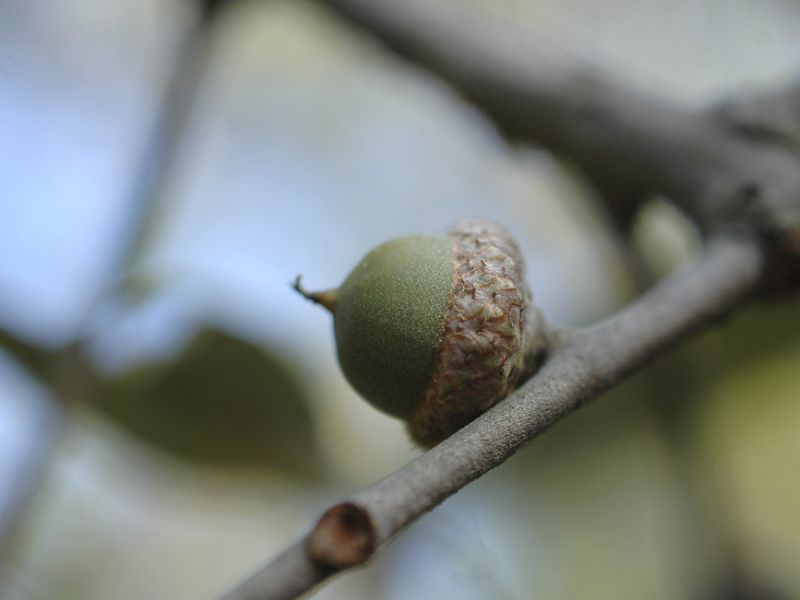
The wood of Q. incana is hard and strong, but the trees are usually too small to be useful except as fuel or posts.
Find Where to Buy the Best Bluejack Oak (Quercus incana)

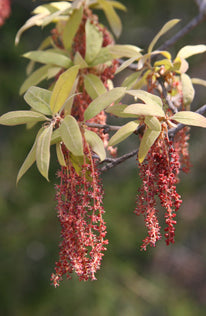

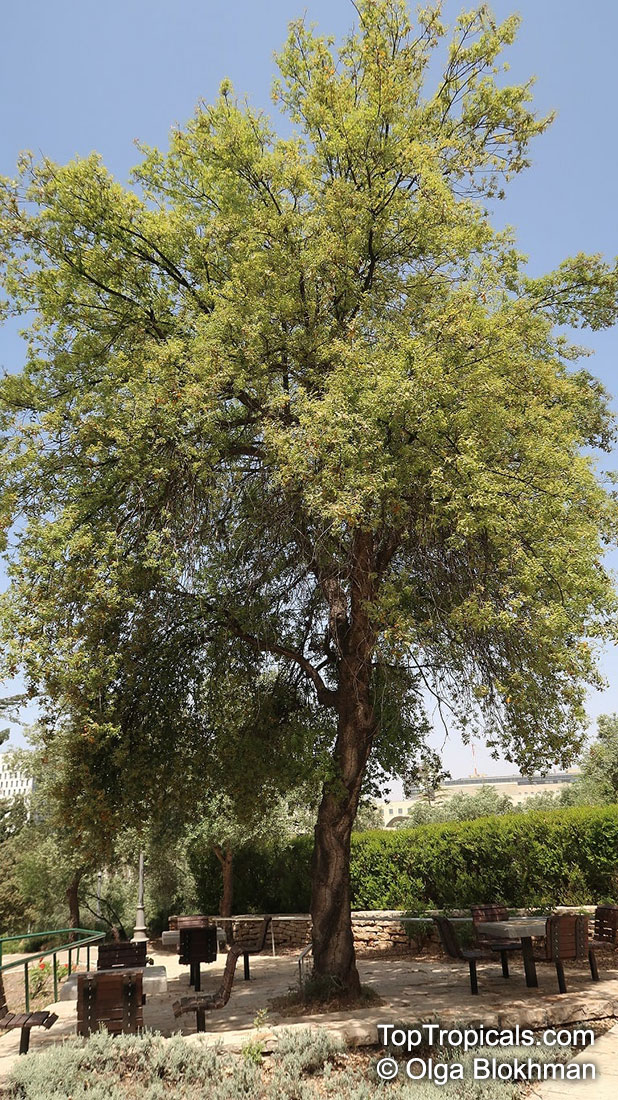
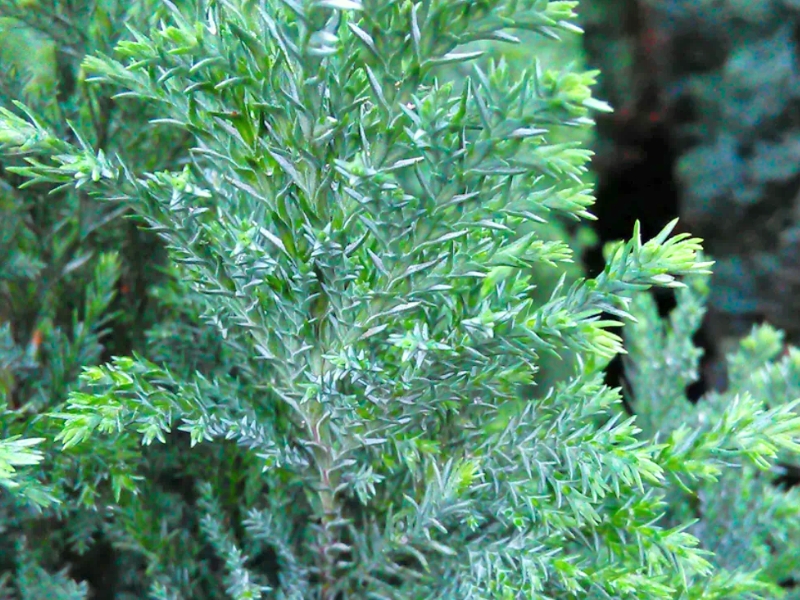
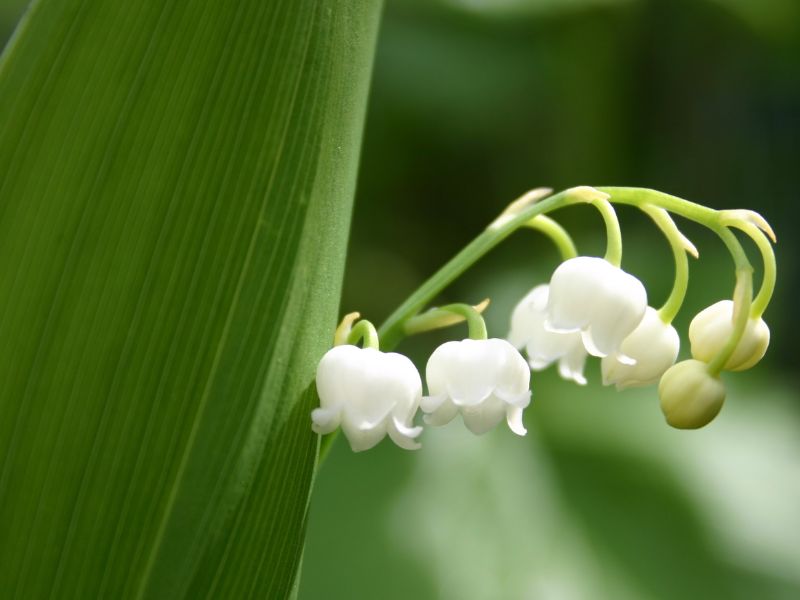
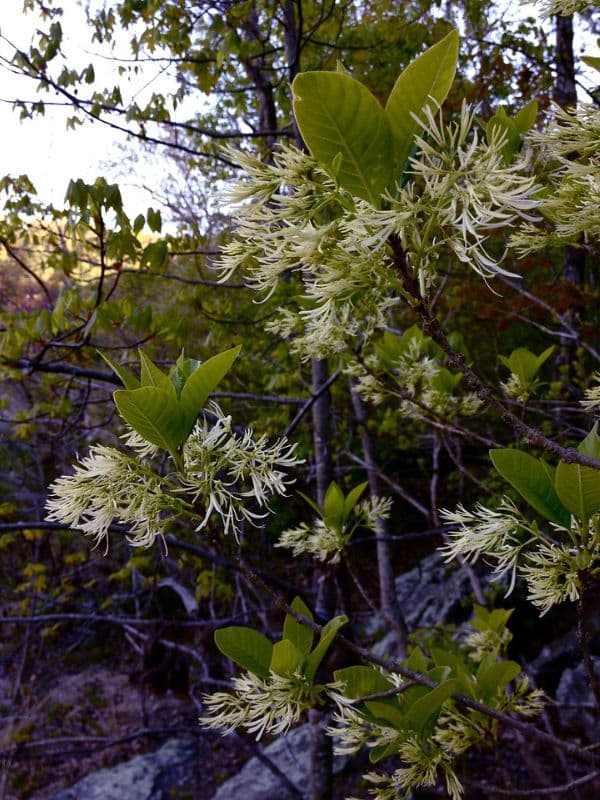
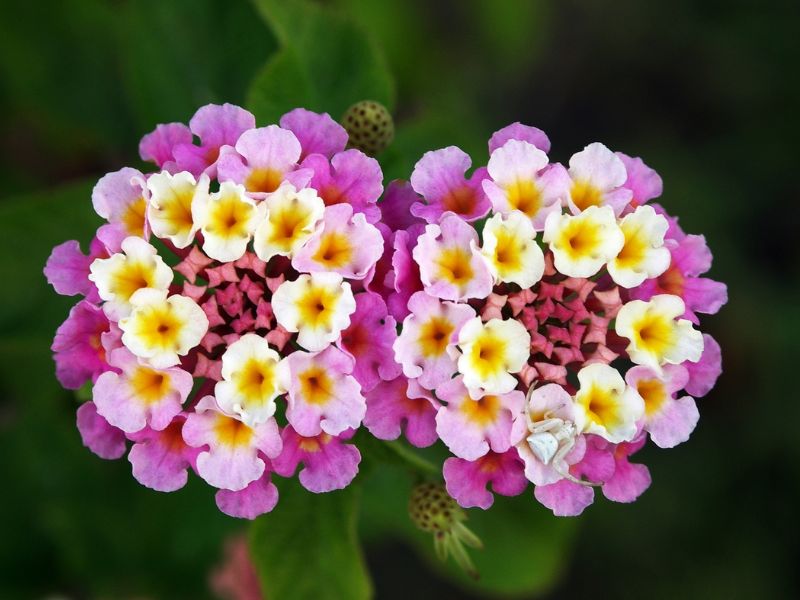
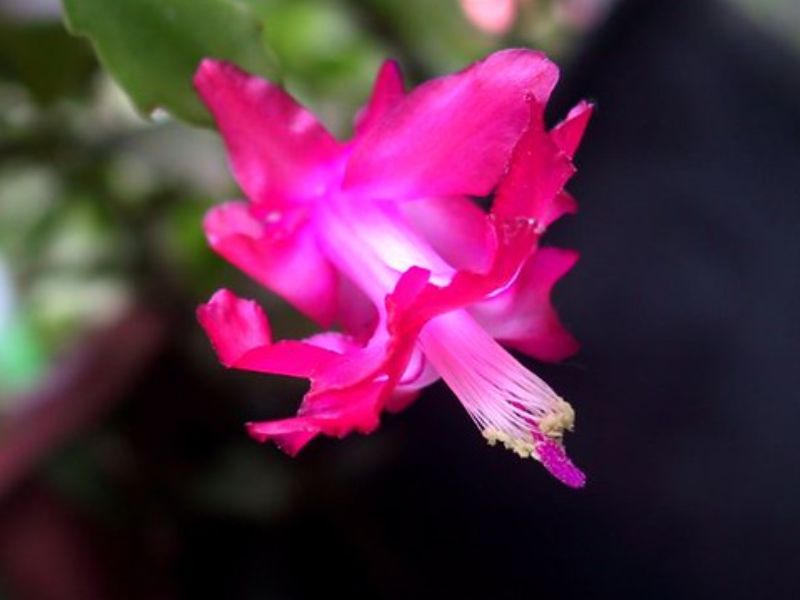
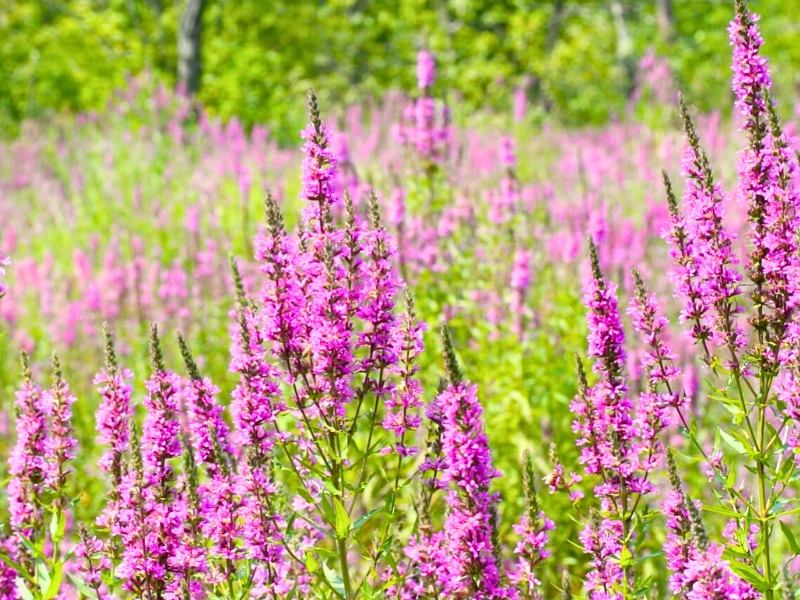
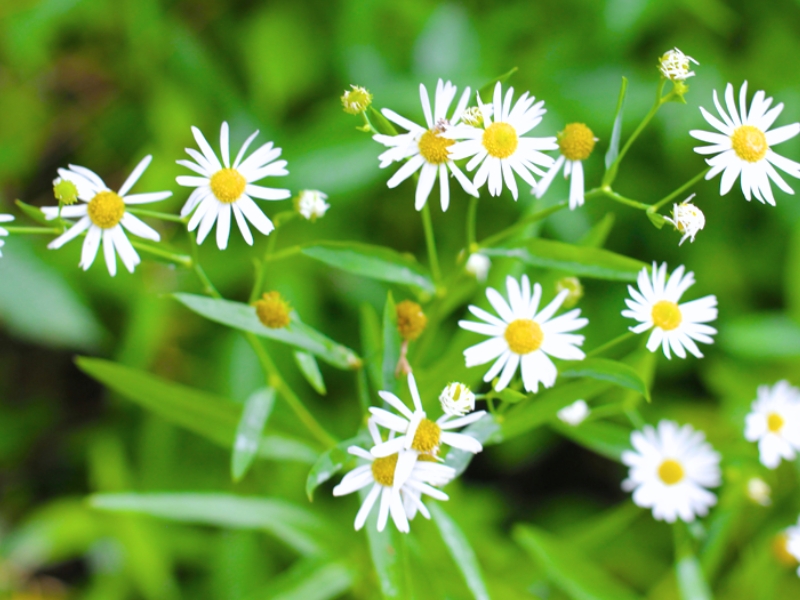
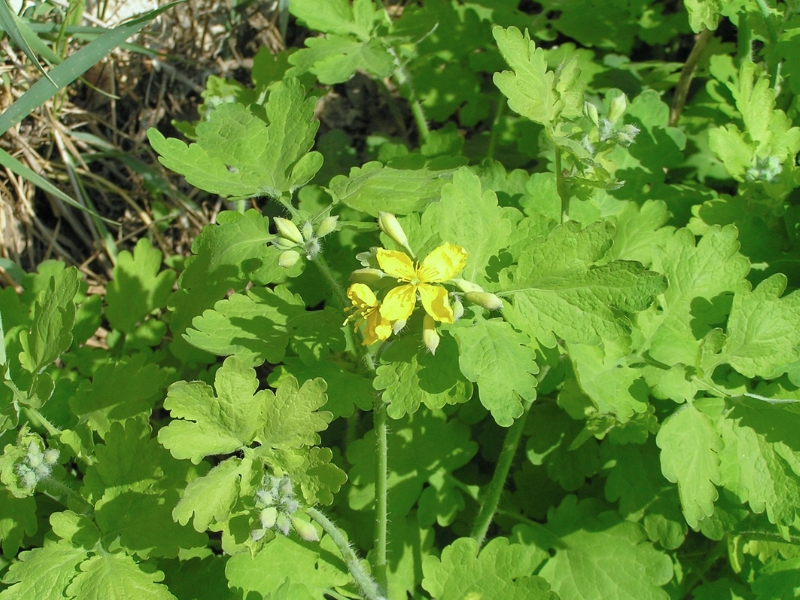
Leave a Reply